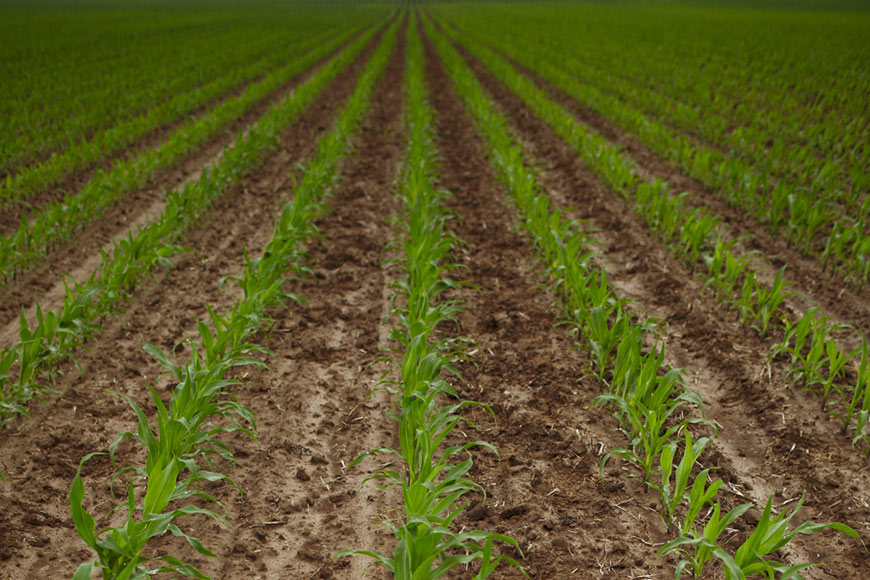What Could a Wet Season Mean for Your Crops?

Moisture is essential for optimal crop growth, but too much of it can flood fields and hinder plant performance. Knowing the answers to these questions can help you prepare for and mitigate the effects of saturated soils.
1. How is plant nutrition affected when crops receive too much moisture?
There are multiple ways plant nutrition can be affected by saturated soils. First, microbial activity in the soil is limited under flooded conditions, resulting in slower release of nutrients to plants. At the same time, flooded soils can lose nitrogen, either through denitrification or leaching. Finally, saturated soils may become temporarily oxygen deprived, causing problems for root growth and development. One of the direct consequences of poor root health due to anaerobic soil conditions is that the plants won’t take up nutrients as effectively as they would in more aerated, less saturated soils.
2. Are there things you can do to prepare for a wet season?
We can’t predict what kind of season we’ll have but if you live in areas where flooding or heavy spring rains are expected, seed and seed treatment selection become very important. There are certain corn hybrids that are more tolerant to saturated soils than other hybrids. Disease pressure also tends to increase under wet conditions. For example, phytophthora can become a greater concern for soybeans in high-moisture environments, but it can be managed with the appropriate seed treatment and variety selections. One longer term strategy you can take to mitigate the effects of saturated soils is to consider installing drainage tile on poorly drained acres.
3. Are there any in-season adjustments you can make to salvage crops in flooded fields?
While there isn’t much you can do to remove excess moisture from fields, tissue testing can help you understand how well nutrients are getting to plants after flooding occurs. When the field dries out, you might still have time to make a sidedress application to replace nutrients lost due to the flooding. In addition, a plant growth regulator such as Ascend® Pro can help promote vigorous plant growth in any soil conditions.
For more information about planning nutrient strategies this spring, talk with your locally owned and operated WinField United retailer.
This article was originally published in March 2019. It was updated in April 2020 and again in April 2021.
All photos are either the property of WinField United or used with permission.
© 2021 WinField United. Important: Before use always read and follow label instructions. Crop performance is dependent on several factors many of which are beyond the control of WinField United, including without limitation, soil type, pest pressures, agronomic practices, and weather conditions. Growers are encouraged to consider data from multiple locations, over multiple years, and be mindful of how such agronomic conditions could impact results. Ascend® Pro and WinField® are trademarks of WinField United.




